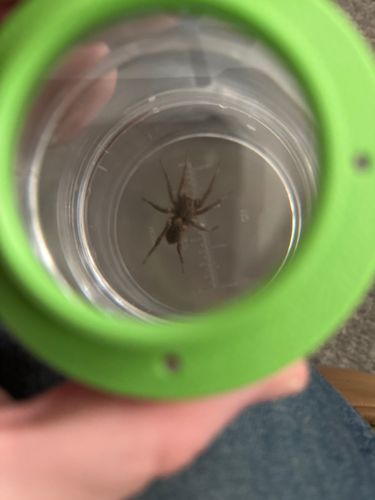Wolf Spider
Scientific Name: Family Lycosidae
Order & Family: Order Araneae, Family Lycosidae
Size: Body length typically ranges from 10 to 35 mm (0.4 to 1.4 inches), not including leg span. Females are generally larger than males.

Natural Habitat
Found in various habitats worldwide, including grasslands, forests, deserts, and suburban areas. They often live on the ground, under rocks, logs, or leaf litter.
Diet & Feeding
Predatory. Wolf spiders primarily hunt and feed on other insects and small invertebrates, such as crickets, grasshoppers, beetles, and sometimes other spiders.
Behavior Patterns
Wolf spiders are solitary hunters, active mainly at night but also during the day. Unlike many spiders, they do not build webs to catch prey but instead actively pursue and pounce on their victims. Females carry their egg sac attached to their spinnerets and, after hatching, carry their spiderlings on their back for a period.
Risks & Benefits
Potential risks: Their bite can be painful but is generally not medically significant to humans, often compared to a bee sting, causing localized pain, redness, and swelling. Benefits: They are beneficial predators in ecosystems, helping to control populations of various insect pests.
Identified on: 10/30/2025